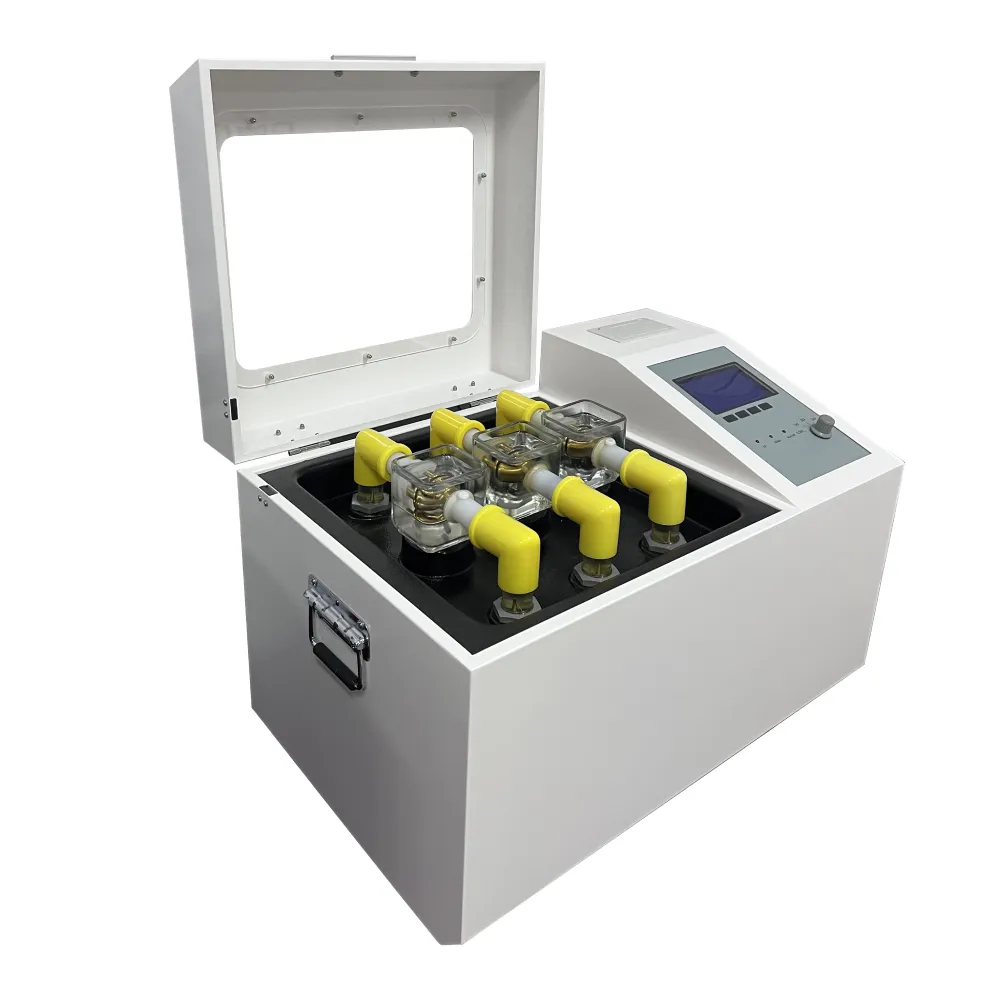 English
English


gas chromatography method
Gas Chromatography A Powerful Analytical Technique
Gas chromatography (GC) is a widely used analytical method that allows for the separation and analysis of volatile compounds. It is an essential technique in various fields, including chemistry, environmental monitoring, pharmaceuticals, and food safety. The principle behind gas chromatography involves the partitioning of components in a sample between a stationary phase and a mobile gas phase, typically an inert carrier gas such as helium or nitrogen.
Gas Chromatography A Powerful Analytical Technique
One of the key advantages of gas chromatography is its high resolution and sensitivity, making it capable of detecting trace levels of compounds. This is particularly beneficial in environmental analysis, where contaminants at low concentrations must be identified and quantified. For instance, GC is often employed to detect volatile organic compounds (VOCs) in air and water samples, aiding in pollution monitoring and regulatory compliance.
gas chromatography method

Moreover, the versatility of gas chromatography is highlighted by its ability to be coupled with various detectors. Flame ionization detectors (FID) and mass spectrometry (MS) are among the most commonly used methods for detecting separated compounds. FID is known for its sensitivity to hydrocarbons, while mass spectrometry provides detailed mass-to-charge ratios, allowing for precise identification of compounds based on their molecular weights. This combination of GC with MS, often referred to as GC-MS, has become a gold standard in analytical chemistry for its robustness and accuracy.
Preparation of samples for gas chromatography is crucial to obtaining reliable results. Samples must be appropriately diluted and free of impurities that could interfere with the analysis. Moreover, derivatization techniques may be employed to enhance the volatility or stability of certain compounds, improving their detectability during chromatography.
The applications of gas chromatography are extensive. In the pharmaceutical industry, GC is used for the quality control of raw materials and the final products to ensure compliance with regulatory standards. In food safety, GC helps identify adulterants and contaminants, thus ensuring consumer safety. Additionally, in clinical laboratories, GC can analyze breath samples or biological fluids for metabolic profiling or the detection of specific drugs.
In conclusion, gas chromatography is a vital analytical tool that plays a crucial role in various scientific disciplines. Its ability to separate and identify volatile compounds with high sensitivity and resolution makes it indispensable for researchers and industry professionals alike. As technology advances, the integration of gas chromatography with other analytical techniques will continue to expand its capabilities, further enhancing its importance in analytical chemistry.
-
Differences between open cup flash point tester and closed cup flash point testerNewsOct.31,2024
-
The Reliable Load Tap ChangerNewsOct.23,2024
-
The Essential Guide to Hipot TestersNewsOct.23,2024
-
The Digital Insulation TesterNewsOct.23,2024
-
The Best Earth Loop Impedance Tester for SaleNewsOct.23,2024
-
Tan Delta Tester--The Essential Tool for Electrical Insulation TestingNewsOct.23,2024





